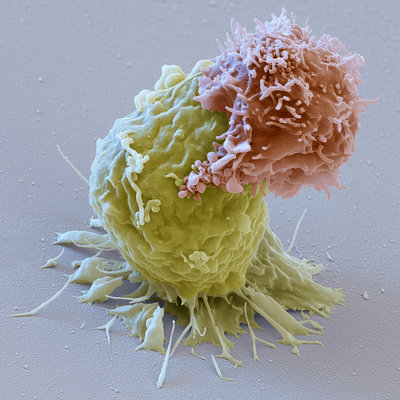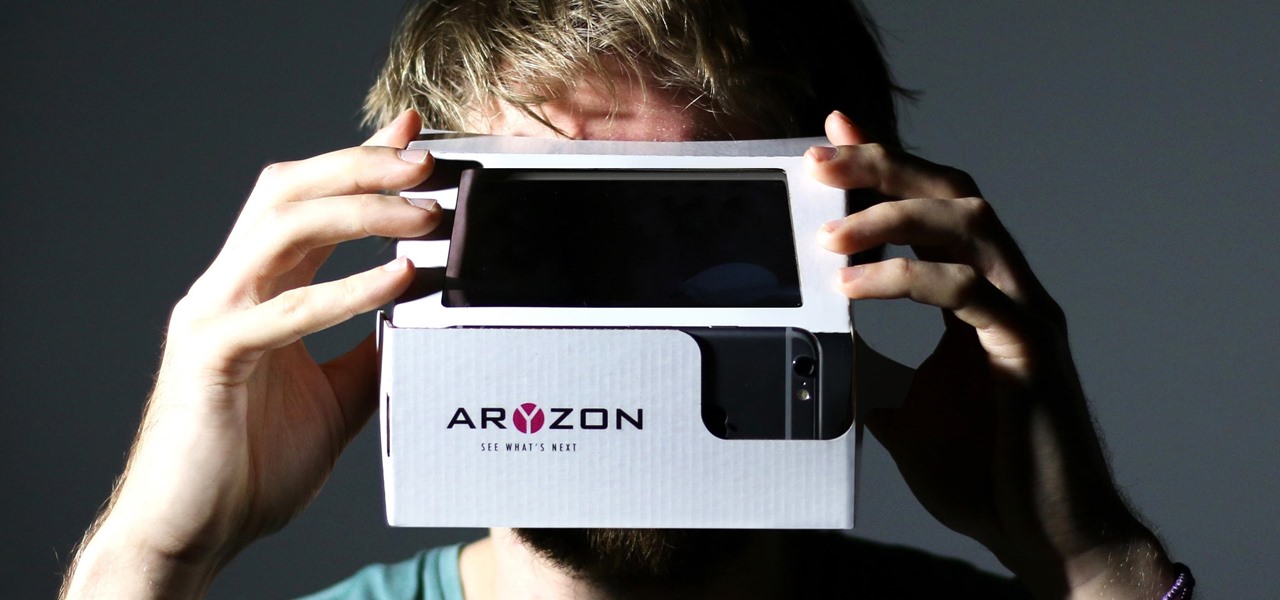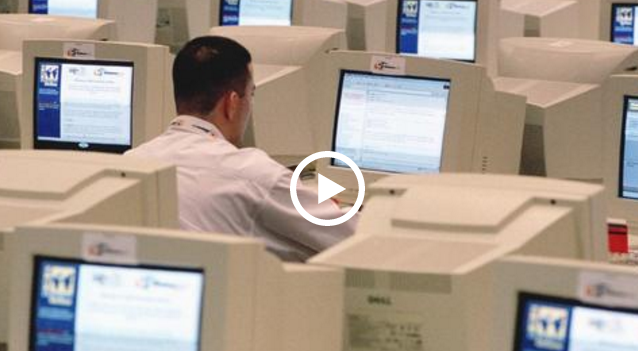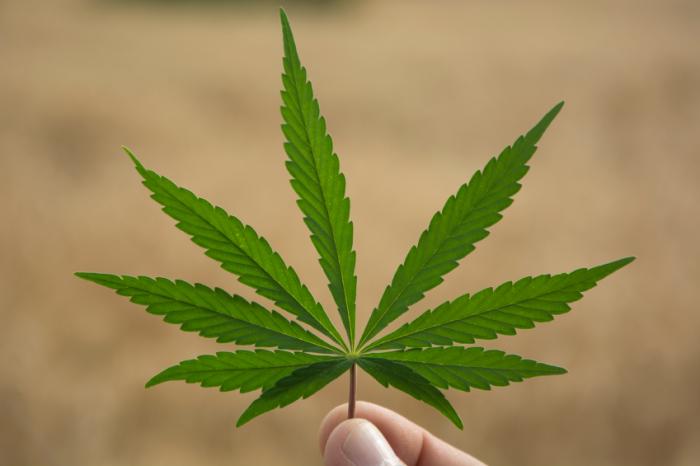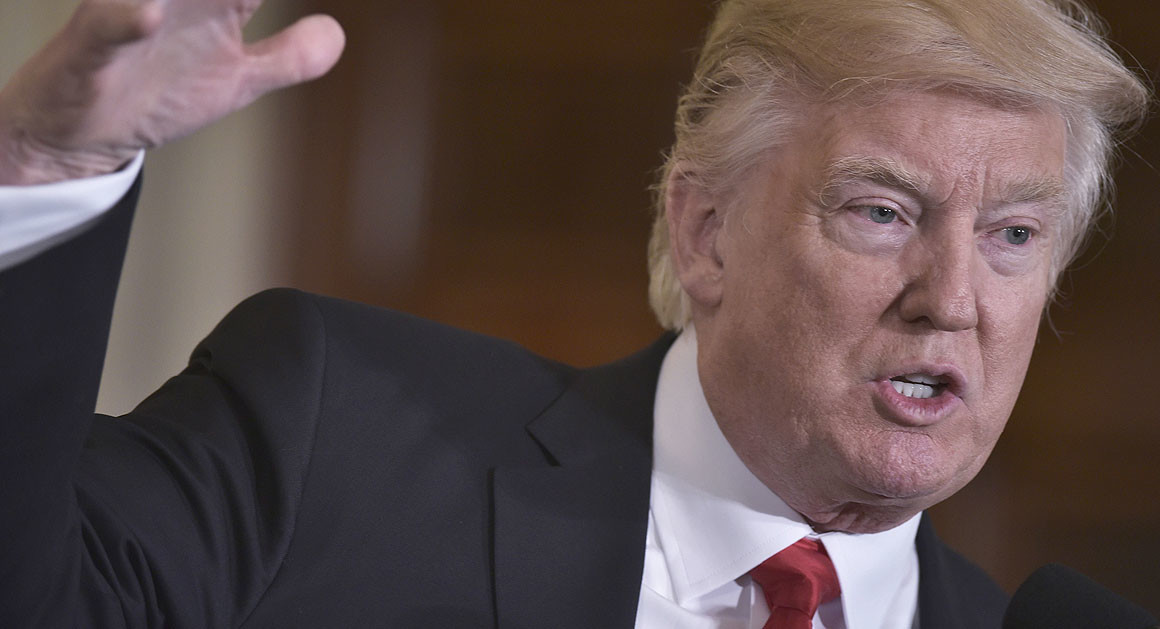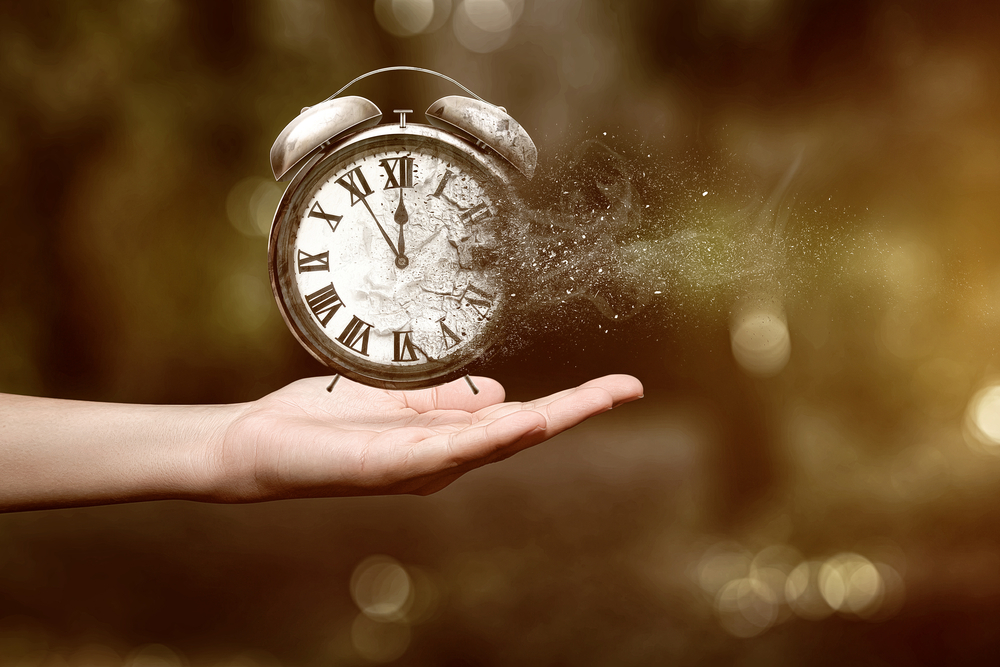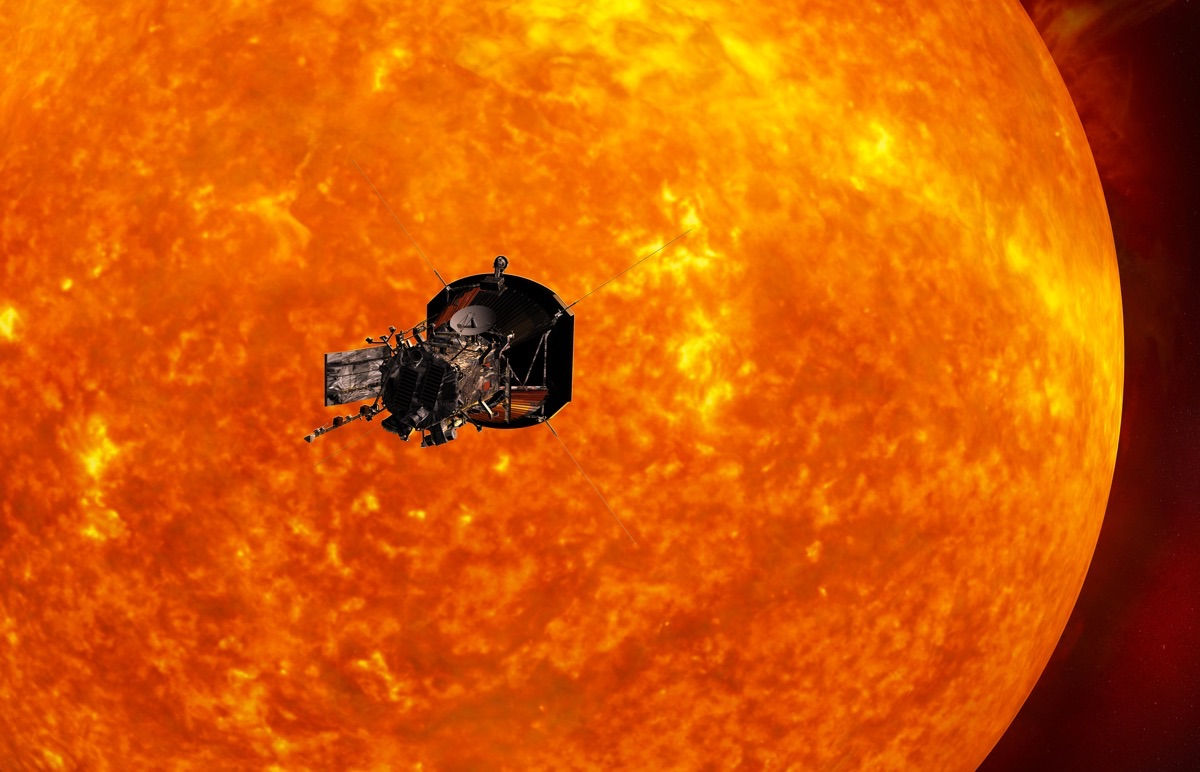An international group of researchers led by Vanderbilt University has discovered for the first time that there are cannabinoid receptors in the amygdala. The amygdala is one of the primary brain regions involved in regulating anxiety and the flight-or-fight response.
“The discovery may help explain why marijuana users say they take the drug mainly to reduce anxiety” said Sachin Patel, M.D., Ph.D., the paper’s senior author and professor of Psychiatry and of Molecular Physiology and Biophysics at Vanderbilt. He said, “this could be highly important for understanding how cannabis exerts its behavioral effects.”
The study titled, “Multiple Mechanistically Distinct Modes of Endocannabinoid Mobilization at Central Amygdala Glutamatergic Synapses” is published in the March 2014 issue of the journal Neuron.
Marijuana Hijacks the Cannabinoid System
Marijuana is also known as “Cannabis” because the THC in marijuana is able to lock into the brain’s widespread cannabinoid system to exert its effects. This is the first time cannabinoid receptors have been identified in the central nucleus of the amygdala in a mouse model.
Teniel Ramikie, a graduate student in Patel’s lab and lead author of the study, said that the researchers also showed for the first time how nerve cells in the amygdala are able to create and release their own natural “endocannabinoids.”
Our body naturally makes a wide range of substances endogenously that have receptors throughout the brain which are hijacked by “exogenous” drugs. Endo- means “from within.” Endocannabinoids are your body’s own cannabis…endorphins are your body’s own morphine, etc. In my book, The Athlete’s Way I write extensively about daily habits that produce endocannabinoids and other neurochemicals that can lower anxiety without drugs.
With the legalization of marijuana in many states across the country, more people are being exposed to the drug which could create a public health crisis. Sachin Patel points out that previous studies at Vanderbilt and elsewhere, have suggested the following:
-
The natural endocannabinoid system regulates anxiety and the response to stressby dampening excitatory signals that involve the neurotransmitter glutamate.
-
Chronic stress or acute, severe emotional trauma can cause a reduction in both the production of endocannabinoids and the responsiveness of the receptors. Without their “buffering” effect, anxiety goes up.
-
While marijuana’s “exogenous” cannabinoids also can reduce anxiety, chronic use of the drug down-regulates the receptors, paradoxically increasing anxiety. This can trigger “a vicious cycle” of increasing marijuana use that in some cases leads to addiction.
In the current study, the researchers used high-affinity antibodies to “label” the cannabinoid receptors so they could be seen using various microscopy techniques, including electron microscopy, which allowed very detailed visualization at individual synapses, or gaps between nerve cells.
“We know where the receptors are, we know their function, we know how these neurons make their own cannabinoids,” Patel said. “Now can we see how that system is affected by…stress and chronic (marijuana) use? It might fundamentally change our understanding of cellular communication in the amygdala.”
Heavy Marijuana Use Alters Teenage Brain Structure
Marijuana is also known as “Cannabis” because the THC in marijuana is able to lock into the brain’s widespread cannabinoid system to exert its effects. This is the first time cannabinoid receptors have been identified in the central nucleus of the amygdala in a mouse model.
Teniel Ramikie, a graduate student in Patel’s lab and lead author of the study, said that the researchers also showed for the first time how nerve cells in the amygdala are able to create and release their own natural “endocannabinoids.”
Our body naturally makes a wide range of substances endogenously that have receptors throughout the brain which are hijacked by “exogenous” drugs. Endo- means “from within.” Endocannabinoids are your body’s own cannabis…endorphins are your body’s own morphine, etc. In my book, The Athlete’s Way I write extensively about daily habits that produce endocannabinoids and other neurochemicals that can lower anxiety without drugs.
With the legalization of marijuana in many states across the country, more people are being exposed to the drug which could create a public health crisis. Sachin Patel points out that previous studies at Vanderbilt and elsewhere, have suggested the following:
-
The natural endocannabinoid system regulates anxiety and the response to stressby dampening excitatory signals that involve the neurotransmitter glutamate.
-
Chronic stress or acute, severe emotional trauma can cause a reduction in both the production of endocannabinoids and the responsiveness of the receptors. Without their “buffering” effect, anxiety goes up.
-
While marijuana’s “exogenous” cannabinoids also can reduce anxiety, chronic use of the drug down-regulates the receptors, paradoxically increasing anxiety. This can trigger “a vicious cycle” of increasing marijuana use that in some cases leads to addiction.
In the current study, the researchers used high-affinity antibodies to “label” the cannabinoid receptors so they could be seen using various microscopy techniques, including electron microscopy, which allowed very detailed visualization at individual synapses, or gaps between nerve cells.
“We know where the receptors are, we know their function, we know how these neurons make their own cannabinoids,” Patel said. “Now can we see how that system is affected by…stress and chronic (marijuana) use? It might fundamentally change our understanding of cellular communication in the amygdala.”
Heavy Marijuana Use Alters Teenage Brain Structure
In a December 2013 Psychology Today blog post titled, “Heavy Marijuana Use Alters Teenage Brain Structure” I write about a study from Northwestern Medicine which found that the developing teenage brain may be particularly vulnerable to excessive marijuana use.
In their study the Northwestern scientists reported that teens who smoked marijuana daily for about three years had abnormal changes in their brain structures related to working memory and performed poorly on memory tasks.
Another study from July 2013 found that long-term cannabis users tend to produce less dopamine, a neurochemical directly linked to motivation and reward. Using PET brain imaging the researchers found that dopamine levels in a part of the brain called the striatum were lowest in people who smoke more cannabis and those who began smokingmarijuana at a younger age.
Lower dopamine in the striatum is linked to less life ambition at a neuronal level and something called “amotivational syndrome.” For more on amotivational syndrome check out my Psychology Today blog post: “Does Long-Term Cannabis Use Stifle Motivation?”
Conclusion: How Can Someone Reduce Anxiety Without Smoking Marijuana?
Smoking marijuana to reduce anxiety can backfire. As Patel pointed out, “While marijuana’s ‘exogenous’ cannabinoids also can reduce anxiety, chronic use of the drug down-regulates the receptors, paradoxically increasing anxiety. This can trigger ‘a vicious cycle’ of increasing marijuana use that in some cases leads to addiction.”
I know that physical activity, yoga, and mindfulness meditation are not a panacea for reducing anxiety—but they are a drug-free way to lower the stress hormone cortisol and produce endocannabinoids. If you smoke marijuana to treat anxiety, it is possible that the neurochemicals released by the daily habit of seeking a runner’s high or zen-like state of calm could be more effective in the long run.
This article was seen at:https://www.psychologytoday.com/blog/the-athletes-way/201403/cannabis-targets-receptors-in-the-amygdala-linked-anxiety












